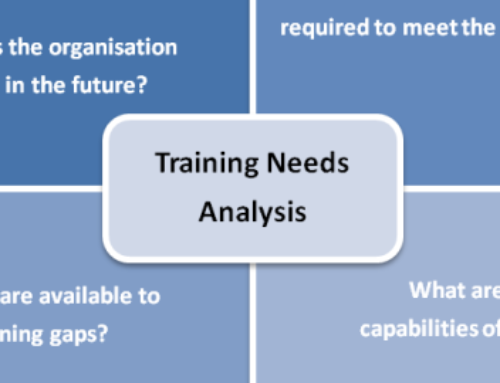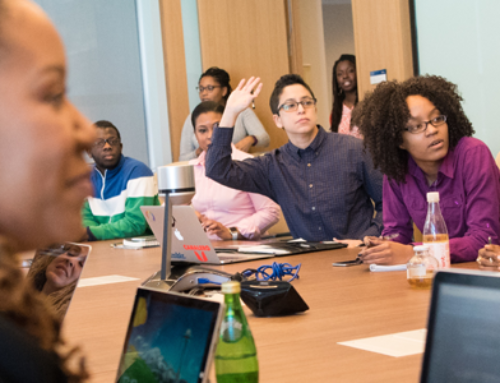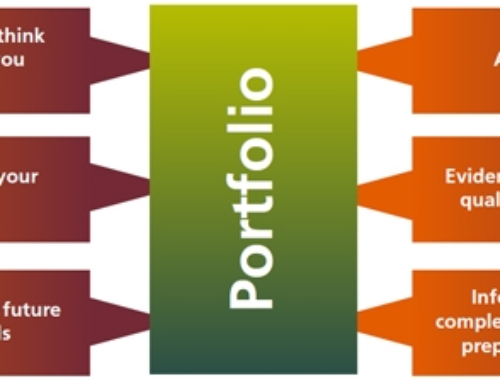Digital Learning Styles
Distance education is rapidly growing and demands constant adaptation by everyone involved, including educators. However, with the increasing diversity in student populations and rapidly changing technology, defining and supporting learning styles for all students is becoming more challenging.
Educators are faced with significant questions:
- Are there differences in the ways that online students learn that are influenced by their familiarity, comfort and skill level with technology (digital literacy)?
- Are there different digital learning styles?
- Is there a digital generation gap in online education?
Along with the traditional learning styles (visual, auditory, tactile), online educators should consider digital learning styles (students familiarity and skill levels with the technology). Exploring digital diversity by birth cohorts from baby boomers (1945-1964), Generation X (1964-1980), to millennials (1980-2000) and digital natives (2000 onwards), can help shed light on learning styles of online students. One defining characteristic is the level of technology that permeates each generation and, in the latter cases, significantly shapes their social world and primary communication tools.
All of these populations are represented in online classrooms (although most digital natives are still in K-12 and are advising their parents, teachers, and older siblings on the newest technology trends). This diversity of digital learning styles prompts the necessity to understand and adapt our classroom, tools and teaching style in order to create a learning environment that challenges and empowers all students.
Baby boomers grew up in the time of the first Barbie dolls, Jimi Hendrix, Woodstock, and television sets in living rooms. They got their music from vinyl records. The technological revolution of the 1960s, inspired by the Cold War, propelled the U.S. into the Space Race, thus prompting incredible technological advances in computers. Although the Elementary and Secondary Education Act of 1965 was to facilitate computers in schools, it would be several more decades before students would see this happen. The classroom expectations of most baby boomers still contain elements of a traditional classroom and they’re more likely to resist change and new Web 2.0 tools.
Generation X was influenced by Nirvana, Alice in Chains and MTV. Their music was transported directly to their ears via the Sony Walkman and compact cassettes. Star Wars debuted and kids could get a light saber with a McDonald’s Happy Meal. With the advent of the 8-inch floppy disk, Windows Operating System, LCD and the Ethernet, this generation ushered in the computer age into the classroom.
Millennials wanted the Cabbage Patch Kid or Transformer for Christmas, but now listen to Taylor Swift through their personal playlists on their iPhones. With the introduction of DVDs as a new storage medium, these students experienced a remarkable expansion of technology in classrooms. As these kids matured with computers and the Internet (but not necessarily widespread in the classroom) the world (virtual and real) was at their fingertips. To millennials, technology means staying socially connected.
Some later-born millennials and most kids born after 1980, according to Marc Prensky, are digital natives, the first generation to grow up in an environment saturated by technology and connected to the world through the Internet. They master the art of selfies at age two and, at age seven, conquer the highest level of Wii-U MarioKart 8 within days of opening it on Christmas morning. Their classrooms have Internet-connected smart boards, computers/laptops/tablets, and lessons that integrate technology across the curriculum. Life is lived in a mobile technology environment that includes Instagram, Facebook, Twitter and Skype.
With these technology backgrounds in mind, we are moving from a culture of a brick-and-mortar learning environment to a culture of a virtual learning environment. This therefore begs several questions. Is it possible to facilitate learning in online classrooms that are composed of so many technologically prepared students (and teachers)?
To avoid a digital generation gap in online education, institutions and instructors must stay abreast of new technology and prudently use it to effectively support learning outcomes and facilitate a learning community that supports each other’s individual learning styles.
First, online instructors must be willing to embrace all types of Web 2.0 tools and incorporate those that facilitate learning in their virtual classrooms. However, the caveat is that the tools in use should enhance the learning experience.
Secondly, students should be surveyed for their level of digital literacy, background and previous coursework with the technology. This informs the instructors of each student’s digital learning style and technology skill level. These data can be gathered with the first welcome email sent before class begins.
Third, when students encounter problems, meet them at the problem with the assistance and tools that help them move forward and re-engage with the course content or lessons. And finally, utilize open discussion forums that allow all participants to ask questions and support each other.
For example, in my human ecology class, learning activities require students to manipulate data and create several tables using Microsoft Excel. In the first of these activities, the spreadsheet is pre-populated with a template for data entry and the formulas that automatically create the table. It also includes an example of the finished product. However there are still students that struggle with this and even erase it to create their own interpretation of the instructions. Therefore, I have several additional spreadsheets with different levels of completion that I can share with struggling students. However, once completed most struggling students report feeling great success at doing their first Excel graph!
All parties involved in virtual education must embrace different learning styles (digital and otherwise) and support each other to adapt to this rapidly changing world of online learning. We can let technology divide us or we can rise to the challenge and help each other make these ever-growing resources work for us as we embrace technology in online education.
By Mary Norton, Professor at American Public University System





